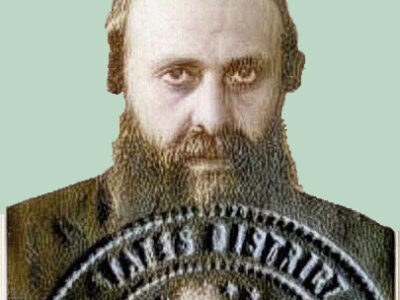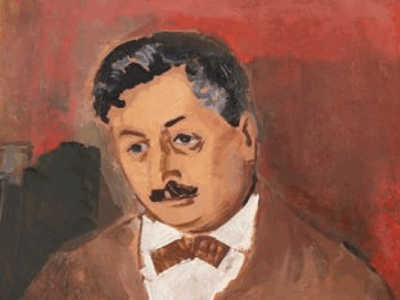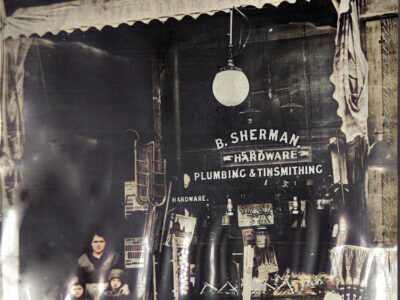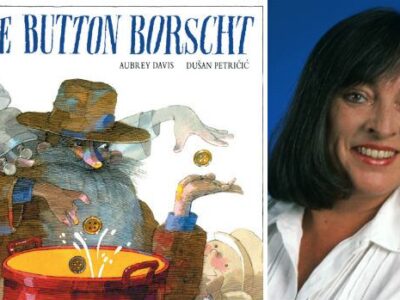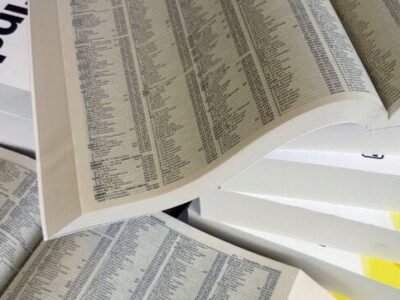From the Toronto World, May 1884 Toilers of the Night – No. 3 (Final part of a series) Walking Against Time by the Corporation Gaslight — How the Sleeping Citizens are Guarded at Night If night policemen are not exactly “toilers,” insofar as they have little manual labour to perform, they have at least “legwork”…
Tag: 19th-century
Toronto by night: a bakery and a hospital (1884)
by •

Toilers of the Night, Part II The People Who Don’t Go to Bed Until Sunrise From The Toronto World, May 9, 1884 Interior, Toronto General Hospital, 1913. CTA F1231-it207b The majority of men working in city bake-houses are not, strictly speaking, employed all night. About 3 a.m., or a little later, as the printers begin…
Orchestrating the American dream
by •

Family Matters: Sam, Jennie and the Kids, by Burton Bernstein, was first published in 1982, and remains, 30 years later, one of the most interesting family histories this reviewer has read. The reason is not so much that Burton Bernstein was the brother of a celebrity, the great composer-conductor Leonard Bernstein, but because he treated…
Pioneers of Toronto’s Jewish Community
by •

From The Jewish Times, 1912 (as reprinted in The Jewish Standard, 1934) by S. J. Birnbaum The Jewish Standard’s introduction: The following article is part of a thesis written by Mr. Birnbaum, now an attorney in Toronto, when he attended the University of Toronto. It is to our knowledge the most authoritative history of Toronto’s…
100 Years Ago: Toronto’s Dickens society in 1912
by •

From the Star Weekly, February 3, 1912 Toronto boasts the largest Dickens society in the world Centenary of Famous Novelist Will Be Celebrated with Much Feeling Next Wednesday — Over 1,000 Members in Dickens Fellowship Next Wednesday (February 7, 1912), the centenary of the birth of Charles Dickens, will be celebrated throughout the English-speaking world…
Irish rabbi’s descendants gather in Dublin
by •
The Leventon family reunion, held recently in Dublin, Ireland, brought together 127 direct descendants — including 28 from Canada — of Rosa and Rabbi Israel Leventon, who lived in the 19th century. Rabbi Leventon served as the last spiritual leader of Dublin’s Mary’s Abbey Synagogue, which closed in 1892, and he was the first spiritual…
Bridging 90 years of Rubinoff-Naftolin history
by •
Sometime between 1905 and 1908, my mother’s grandparents said goodbye to their parents and their village of Zhlobin, Belarus, and brought their children with them to Canada. For decades, although they were divided by a wide gulf of geography and history, family members sent letters in Yiddish back and forth between the Old World and…
A sensational Toronto murder from 1894
by •
Eighteen-year-old Frank Westwood had gone out with friends about 7.30 that Saturday evening, October 6, 1894. By the time he returned to his family’s Jameson Avenue mansion about 10:30, his father, sister and brother had already retired upstairs; his mother, seeing he was safely in, shortly went up, too, leaving him on the stairs. The…
A Jewish homeland on Grand Island, 1825
by •
Manuel Mordecai Noah, an American Jew born in Philadelphia in 1785, did much world travelling in his day — he visited Europe numerous times and was the US consul to Tunis — but it is perhaps the tale surrounding his travels from New York City to the upper reaches of New York State in 1825…
A city museum worthy of Jerusalem
by •
“Whoever did not see Jerusalem in all her glory never saw a beautiful city.” — Babylonian Talmud, Succah 51, B. Situated in the historic Citadel beside the monumental Jaffa Gate, the Museum of the City of Jerusalem tells the extraordinary story of the city’s long and checkered past. One of the most popular sites in…

